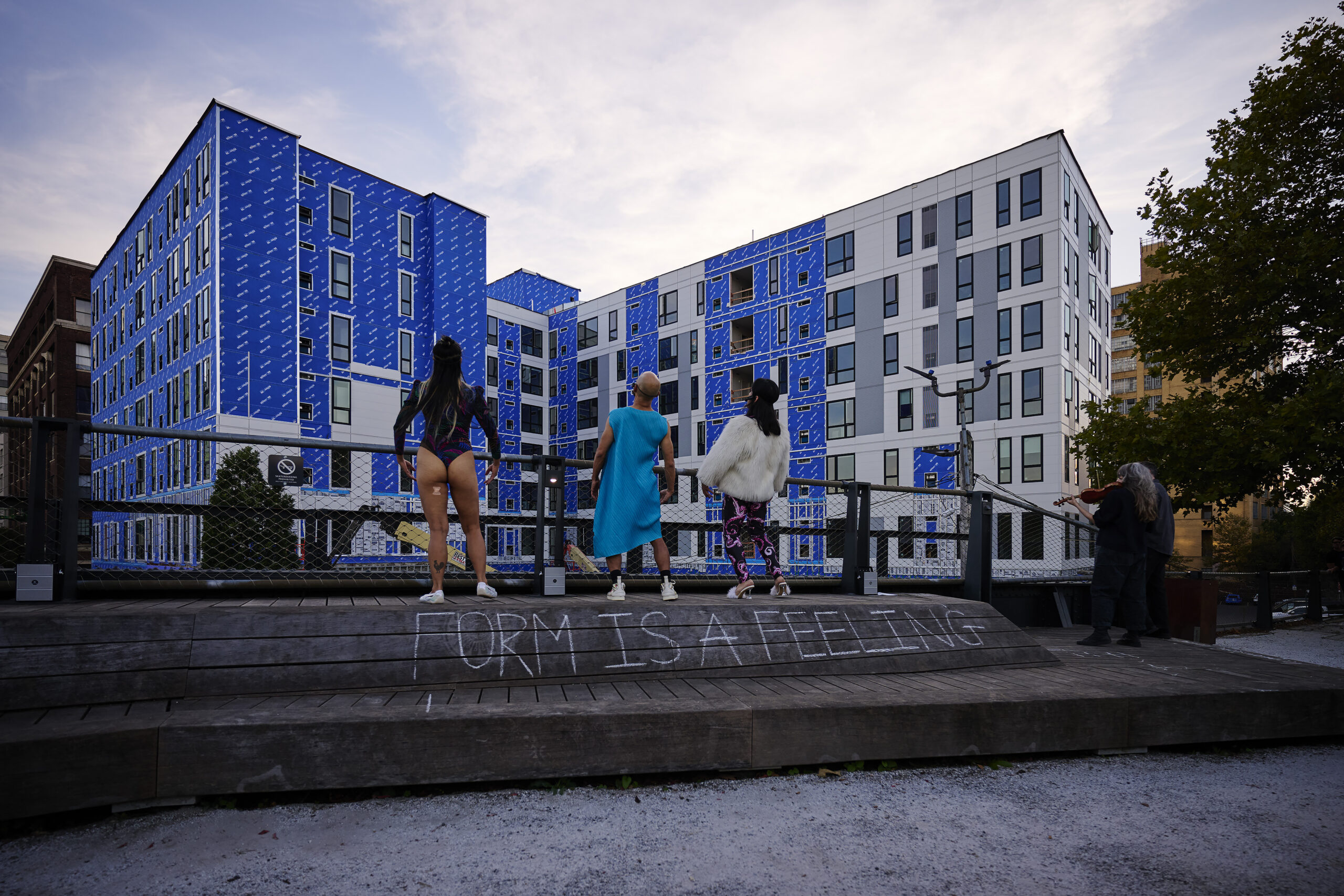Many of us remember The Nutcracker from our childhoods: The mythic dances. The sweeping symphony. The vibrant costumes. The fantastical story. But what goes into producing The Nutcracker––not just once, but year after year?
Lori Lahnemann, founder and director of Philadelphia Dance Academy, is entering her twenty-first season leading the ballet school. She produces The Nutcracker annually, which involves a massive cast and crew in Philadelphia. Two hours away, the Ballet Theatre of Scranton, led by Joanne Arduino, is celebrating their 50th year producing The Nutcracker. A much-anticipated tradition in Northeastern Pennsylvania, this performance includes a significant team of performers, teachers, volunteers, and crew.
In this dual interview, both master teachers share their experiences of bringing this classic to their respective cities, and reflect on the ballet’s broader positive influence on their regions.
Megan Mizanty: Tell us a bit about your first Nutcracker memories. Why did you decide to bring the ballet to your dance program?
Lori Lahnemann: I was 11 or 12 when I first performed in The Nutcracker. It was my first rigorous rehearsal process: long hours, hard work, and high standards. It helped me realize that I wanted to make a career out of dance, and I was excited to be able to bring it to Philadelphia Dance Academy.
Joanne Arduino: My teacher, Constance Reynolds, produced The Nutcracker for the first time in Scranton in 1976 when I was 18-years-old. Ms. Reynolds called it “a gift to the community,” and we’ve been carrying on the tradition for the past 50 years.
MM: From cast to crew to audience, how many community members would you estimate are part of The Nutcracker?
LL: We have 170 cast members between six and 18-years-old, and run six shows a season with approximately 2,400 attendees total.
JA: Dancers and crew total 125 people. Over the past 50 years, we’ve reached 400,000+ audience members within a 60-mile radius, and our shows are free to the public.
MM: What is the most challenging aspect of producing The Nutcracker? Has the process become easier or more difficult over the years?
LL: Casting. It is tremendously difficult to cast such a large ensemble. It takes 120 administrative hours between four teachers. We set clear expectations throughout the process, and seek to provide an opportunity for students to get used to both disappointment and satisfaction. We are thoughtful about who gets selected for what part, from scheduling to previous roles to growth trajectory.
JA: Finances. It’s become more difficult over the years to continue offering our Nutcracker for free, especially with so many funding cuts for the arts. We rely on grants, community sponsorships, and our members. In the beginning, it was a very meager production, but now the technical aspects are much more elaborate and everything costs more.
MM: In what way is The Nutcracker a gift to your community? What demographics does the show primarily serve?
LL: The Nutcracker offers genuine joy. It’s an incomparable experience for young dancers; they form friendships, cultivate their work ethic, and grow each year through different roles. There is a clear measurement of achievement for the older dancers too, a “gateway” to the professional world. There are measurable milestones, instilling work ethic and resilience. For audience members, The Nutcracker is an enduring holiday tradition, full of hope.
JA: The Nutcracker is carried on from generation to generation. Many alumni come back to watch the show with their own families. Because the story caters to no specific age group, it can be appreciated by families of all ages. The friendships, the discipline and creative expression, the camaraderie–[the show] is being part of something that’s bigger than yourself. It’s also an education for me: how is their technique and personality presented on stage? It’s a glimpse of what the rest of the year will offer.
MM: How does The Nutcracker influence your business model and season planning?
LL: Each production costs $50K. Our first few shows operated at a financial loss, but we saw them as an investment in the future. The show motivates the younger students to continue their studies, working in the short-term fun of performances alongside a rigorous weekly schedule of technique classes.
JA: The ballet company is a nonprofit, and our dance studio is attached to that structure. This attracts dancers, and gives them many performing opportunities. They tend to come back every year. We kick off the holiday season after Thanksgiving, so students have time to spend time with families after Nutcracker is over.
MM: How has your production process evolved over the years?
LL: We’ve created clearer channels of communication and more straightforward expectations, slightly shifted our schedule (we now begin rehearsals before our studio schedule begins), and learned to “spread the load” with other trusted teaching faculty.
JA: We have a new space and a higher level of production, and have fostered long-term collaborations with artists who work on our scenic designs.
MM: What, if anything, would you change about the production process?
LL: Scheduling is a big challenge. In order to take into account students’ class schedules, some days include 13+ hours of rehearsals.
JA: There are always glitches, but after so many years I know how it runs and wouldn’t change anything.
MM: What is your favorite thing about producing The Nutcracker?
LL: From younger dancers forming friendships and experiencing the ‘first time’ joys of being on stage to older dancers glimpsing a future version of themselves, I get to live vicariously through their joy.
JA: I love watching the students grow, perform, and light up on stage. Mostly the children. It’s a gift that keeps on giving and changing every year.
Megan Mizanty in Conversation with Joanne Arduino (in-person) and Lori Lahnemann (via Zoom). September/October 2025.






